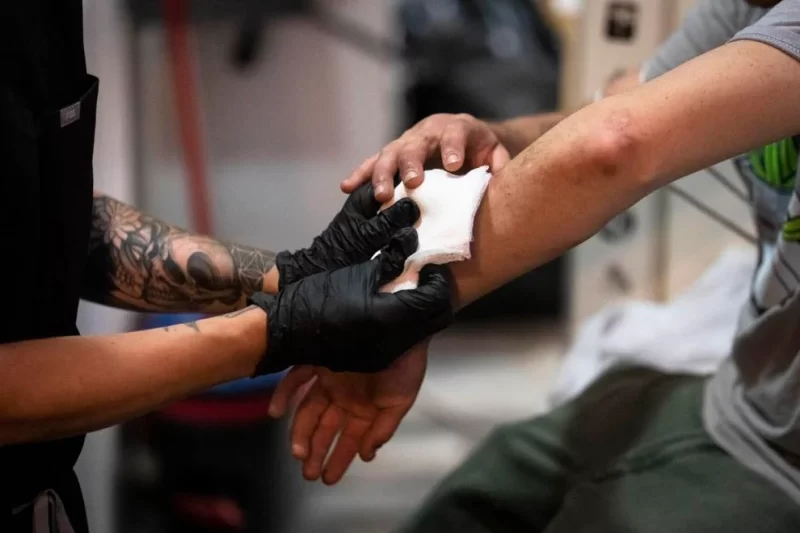By Anthony Hennen | The Center Square
(The Center Square) — A bipartisan duo of Pennsylvania senators want to create an involuntary treatment process in the commonwealth for drug addiction as thousands continue to die every year from overdoses.
“Senate Bill 962 … outlines treatment that is aimed towards helping individuals regain control of their lives,” Sen. Dan Laughlin, R-Erie, said during a press conference Wednesday. “Substance use disorder is a treatable mental health disorder.”
The proposed bill would create a process to force someone into treatment after an overdose where a life-sustaining drug like naloxone was used to revive them. Involuntary treatment would range from 120 hours to 20 days and up to 90 days with a court order. In some cases, a person could be committed to treatment for up to a year if they are “diagnosed with a severe substance use disorder and is in need of extensive treatment.”
The process grants legal immunity from prosecution if a person undergoes voluntary or involuntary treatment. The process would allow individuals to petition for their release and require an application to commit someone to go through the Court of Common Pleas.
“While naloxone and other life-sustaining medications have reduced our death rate, it does not address the underlying substance use disorder,” Laughlin said.
Since 2018, more than 1.4 million doses of naloxone have been distributed by the Department of Drug and Alcohol Programs, and almost 90,000 doses of naloxone were given by emergency responders, Laughlin noted.
Momentum for more state action has been building for years.
“Pennsylvania is in a crisis, and we are listening to the people,” Sen. Anthony Williams, D-Philadelphia, said. “People are sending us here to help and they are tired of waiting.”
The senator said the bill is shaped by people struggling with addiction and in recovery.
“They did not desire to continue their addiction,” Williams said. “They wanted a way and a process that would allow them an opportunity to find a path out … while there’s no magic bullet, there’s no magic medication, there has to be an intervention of meaningful consequence.”
He declared that the misery and squalor in places like Kensington, Philadelphia’s open-air drug market in the northeast of the city, has to stop.
“We in government can no longer look past the obvious and look for some hope that’s beyond the pale of existence — we actually have to take action,” Williams said.
The bill, announced in May, has undergone some revisions. Previous drafts would only create a path for involuntary treatment after three overdose reversals, as The Center Square previously reported.
